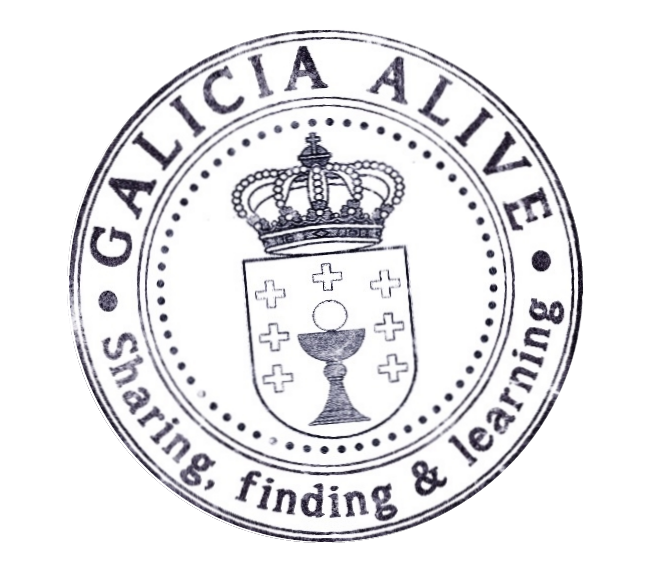Galicia is a land of good quality dairy products. Today we dedicate this publication to cheeses with Protected Designation of Origin ( PDO ) and to the Galician companies that are dedicated to their production and processing. We all know the excellence of these cheeses, but do we know something about their history? We will also talk briefly about it.
As the Gadis supermarket says: “ Let’s value it or not show it off, tie de can “.
QUEIXO TETILLA
SAN SIMÓN DA COSTA
ARZÚA-ULLOA CHEESE
So let’s start with a tasting of these delicacies.
QUEIXO TETILLA
For a cheese to obtain the Protected Denomination of Origin Queixo Tetilla ( DOP Queixo Tetilla ) must be made with cow’s milk from the breeds Galician blonde, Friesian and / or brown-alpine. This milk must be natural and entirely from healthy cows that do not contain colostrum, preservatives or medicinal products.
At the territorial level, both the milk production area and the Queixo Tetilla production area cover the entire territory of the Autonomous Community of Galicia.
Features
The cheese protected by the D.O.P. Queixo Tetilla has well-defined characteristics. It has a conical or conical-convex shape, it has an appreciable, thin and elastic bark, less than 3 mm thick, of a straw yellow color, natural and without molds. The paste inside is soft, creamy and uniform, with few eyes and evenly distributed, ivory-white and yellow.
Its aroma, mild and slightly acidic, recalls the raw material, as well as its dairy flavor, butter, slightly acid and with mild salt. The minimum maturation period is seven days after leaving the brine. The weight of the pieces is between 0.5 and 1.5 kg.
The D.O.P. Queixo Tetilla are distributed throughout the entire geography of Galicia.

History
The oldest sources that cite Tetilla Cheese date from the 18th century, more precisely from 1753, although this dairy product may be earlier. The actual age, therefore, remains to be determined. These first sources are a letter of general content in which the chaplain of San Xoán de Torés, in the Concello de As Nogais (Lugo), named Juan Bermúdez de Novoa, announces the sending of the following merchandise to Marqués de Camarasa to show your affection:
“two bacon, a leg of beef, half a dozen cheeses; three and a half dozen tits; three and a half dozen pig tongues ”
In that same century, Fray Martín Sarmiento compiled different expressions from Galicia in his Collection of Galician voices and phrases, where he quotes the cheese that today protects the PDO Queixo Tetilla.
In the second half of the 19th century, Tetilla Cheese appears in the documentation as the Galician cheese par excellence. It was known in various ways according to the existing documentation (literature, press, guides…):
- tity cheese (queixo tetilla)
- tit cheese (queixo teta)
- A Illana cheese, as it got a lot of fame at the A Illana Fair.
- pear cheese (queixo perilla)
Among the documentation from the 19th century where some reference to this product appears are the authors L. Martínez de Padín, Ángel Muro and the great Doña Emilia Pardo Bazán. Even it seems referenced in O’Shea Guide of Spain and Portugal.
In the 20th century, it appeared in The guide to good Spanish eating by Dionisio Pérez and in Álvaro Cunqueiro’s work “ Galician Cuisine”.
Legend
In the extraordinary Pórtico de la Gloria of the Cathedral of Santiago, protected by the UNESCO as a World Heritage Site, like the entire Old Town, you can see the scene in which Daniel smiles at Queen Esther ( Queen of Sheba, for some). Apparently, the queen had a large breast size and, that, accompanied by Daniel’s gaze, the ecclesiastical authorities did not like, which ordered to reduce the size of the queen’s breasts.
The popular belief tells that it was at that moment when the Galician people, to protest the bishop’s decision, decided to give some of her cheeses the shape of the nipple they currently have. Since then, tetilla cheeses are another hallmark in Galicia and the mutilated breasts of Queen Esther.
The Tetilla Cheese is not only an essential product of the Galician tradition, but it is the history of our land made delicacy.
HELP US KEEP WRITING
To increase the quality of our posts we need more time. You can help us by buying at Amazon. We leave the following books that may be useful and interesting:

